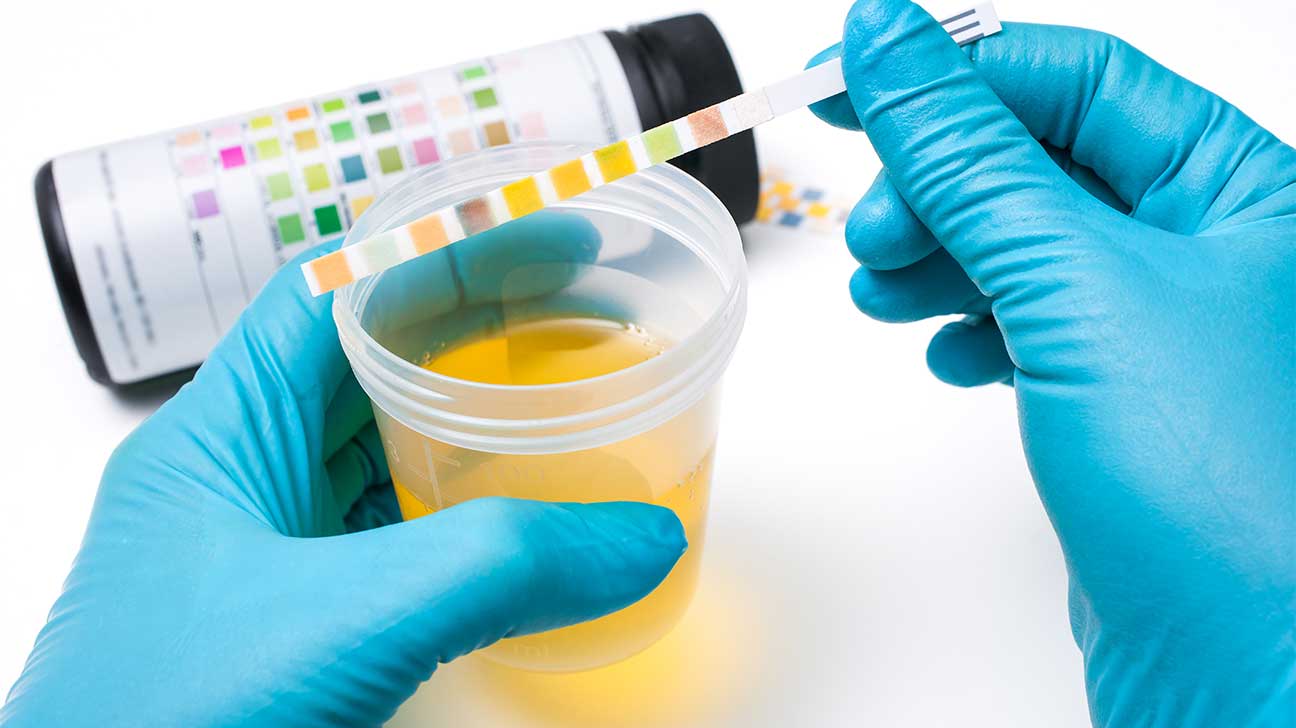
Methylenedioxymethamphetamine (MDMA), also known as molly or ecstasy, is a psychoactive drug that can affect mood, perception, and the body. It is commonly used as a party drug.
When taken, molly can cause a range of emotional, psychological, and physiological effects that reach their peak within one to two hours. The length of its effects, however, does not indicate how long MDMA can show up in a drug test.
Urine screenings can detect MDMA use for one to three days on average. This detection window may vary depending on how much molly was used, drug tolerance, and other factors.
Molly Detection Time In Urine
Urine testing is the most common way to test for illicit drug use. On average, the use of molly can be detected in a urine sample after one day and for up to three days.
Factors that can affect the amount of time molly stays in urine include:
- frequency of use
- amount of drug used
- use of multiple drugs (including other hallucinogens)
- body mass index (BMI)
- metabolism
- overall health
- drug dependence
Chronic or frequent use of molly is one of the most common factors associated with a longer detection window.
This means that people who use molly often may have traces of the drug, or its metabolites, detectable in their urine for a longer period of time.
How Do You Get Ecstasy Out Of Your System?
Contrary to common myths about flushing drugs out of your system, there is no other reliable way to get molly out of your system beyond allowing the body to metabolize it naturally.
Essentially, it takes time. For people who use molly often, however, this can be more difficult than it sounds.
Some research shows that chronic molly use can lead to physical dependence. A hallmark sign of physical dependence is experiencing symptoms of withdrawal.
People who experience withdrawal symptoms from molly may struggle to stop using it long enough to get a molly-free urine sample.
If you have a substance use disorder or frequently use molly with other drugs, seeking an inpatient drug detox program may be recommended.
Getting Help For Molly Abuse
While molly isn’t known to be highly addictive, people can abuse it for its effects. Namely, to numb emotions, stimulate the senses, or as a form of self-medication.
If you or someone you know is abusing molly, seeking treatment for substance abuse may be recommended.
Ecstasy abuse may be treated through behavioral therapy and mental health counseling.
Ecstasy, like any drug, can become a dangerous drug of abuse and may be addictive. For more information about ecstasy abuse or how to find treatment for drug abuse, call our helpline today.
Addiction Resource aims to provide only the most current, accurate information in regards to addiction and addiction treatment, which means we only reference the most credible sources available.
These include peer-reviewed journals, government entities and academic institutions, and leaders in addiction healthcare and advocacy. Learn more about how we safeguard our content by viewing our editorial policy.
- U.S. National Institute on Drug Abuse (NIDA)—MDMA (Ecstasy/Molly) DrugFacts
https://www.drugabuse.gov/publications/drugfacts/mdma-ecstasymolly - U.S. National Library of Medicine: PubMed—Analysis of MDMA and its metabolites in urine and plasma following a neurotoxic dose of MDMA
https://pubmed.ncbi.nlm.nih.gov/17579960/ - Redwood Toxicology Laboratory—Laboratory Testing Reference Guide
https://supremecourt.nebraska.gov/sites/default/files/Programs/CIP/events/redwood/LAB_Reference_Guide.pdf


